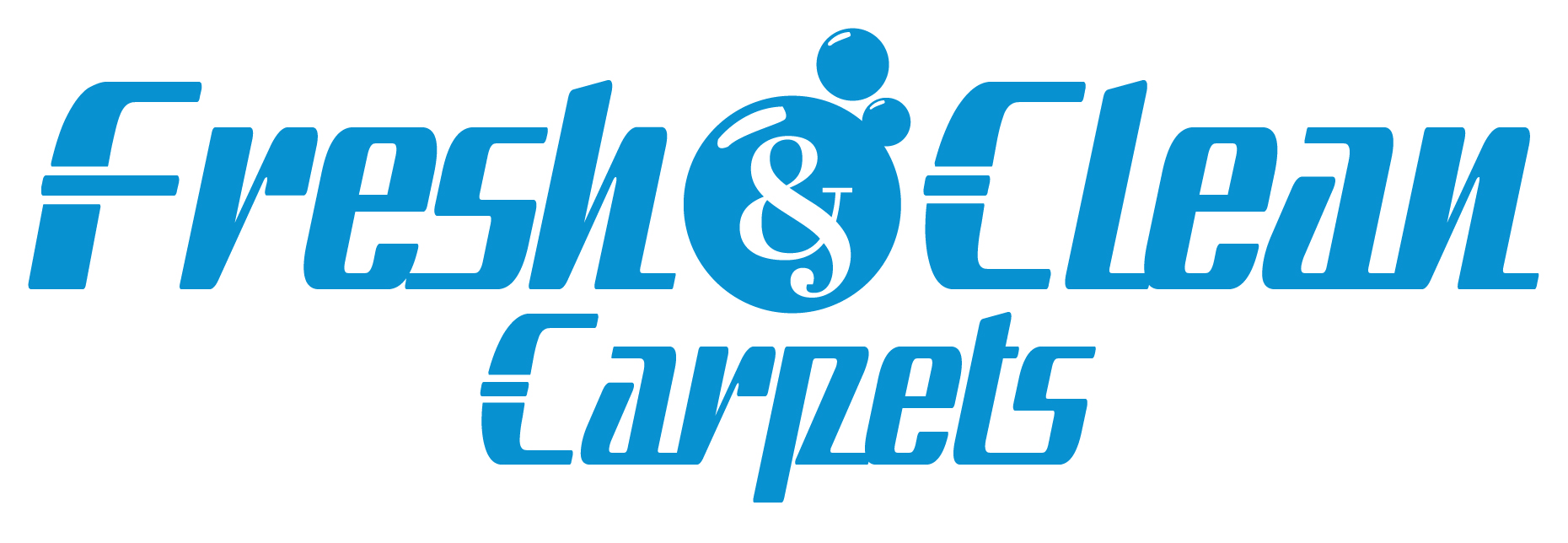Schedule your appointment today! 801-350-2822
Flooding can be a devastating event for any homeowner, and one of the most challenging aspects of recovery is dealing with flood-damaged carpets. In Kaysville, Utah, where weather conditions can lead to unexpected water damage, knowing how to restore your carpets quickly and effectively is crucial. Follow these essential steps to save your carpets and protect your home from further damage.
1. Act Quickly
Time is of the essence when it comes to restoring flood-damaged carpets. The longer water sits in your carpets, the higher the risk of mold growth and permanent damage. As soon as it’s safe to enter your home, start the cleanup process.
Begin by removing as much water as possible. If the flood was caused by clean water (like a burst pipe), you have a better chance of saving your carpets. However, if the water is contaminated (such as from sewage), it’s often best to replace the carpets entirely for health and safety reasons.
2. Remove Excess Water
Start by using a wet/dry vacuum to extract as much water as possible from the carpets. This step is crucial in preventing further damage and reducing the likelihood of mold growth. If you don’t have a wet/dry vacuum, consider renting one or hiring a professional carpet cleaner with industrial-grade equipment.
For large areas of water damage, you may also need to use pumps to remove standing water. After extracting the majority of the water, use towels or mops to soak up any remaining moisture.
3. Promote Air Circulation
Once you’ve removed the excess water, it’s essential to dry the carpets thoroughly. Open windows and doors to allow fresh air to circulate, which will help speed up the drying process. Set up fans and dehumidifiers to draw out moisture from the air and carpets. In Kaysville, where humidity levels can fluctuate, using a dehumidifier is especially important to prevent mold growth.
Consider lifting the carpet and padding to allow air to reach the subfloor. If the padding is heavily soaked, it may need to be replaced entirely, as it’s challenging to dry and can harbor mold.
4. Clean and Sanitize
After drying the carpets, it’s time to clean and sanitize them. Floodwaters can bring in bacteria, dirt, and other contaminants, so it’s essential to thoroughly clean the carpets. Use a carpet cleaner with a disinfectant solution to kill any lingering bacteria and remove dirt.
If you’re dealing with stubborn stains or odors, consider hiring a professional carpet cleaning service in Kaysville. Professionals have access to powerful cleaning agents and equipment that can deep-clean your carpets, ensuring they’re safe and fresh-smelling.
5. Check for Mold and Mildew
Even with prompt action, mold and mildew can start to develop within 24-48 hours after flooding. Inspect your carpets closely for any signs of mold, such as discoloration, a musty smell, or visible growth. If you find mold, it’s crucial to address it immediately, as it can spread quickly and pose serious health risks.
For small areas, you can use a mixture of water and white vinegar or a commercial mold remover to treat the affected areas. However, for extensive mold growth, it’s best to call in a professional to ensure thorough remediation.
6. Monitor and Replace if Necessary
After you’ve restored your carpets, keep an eye on them over the following weeks. If you notice any persistent odors, discoloration, or signs of mold, it may be necessary to replace the carpet. Sometimes, despite your best efforts, the damage may be too severe to salvage the carpets entirely.
Restoring flood-damaged carpets in Kaysville, Utah, requires quick action, the right equipment, and diligent follow-up. By following these steps—removing excess water, promoting air circulation, cleaning and sanitizing, checking for mold, and monitoring the situation—you can save your carpets and prevent long-term damage to your home. If in doubt, don’t hesitate to contact a professional to ensure your carpets are restored safely and effectively.

